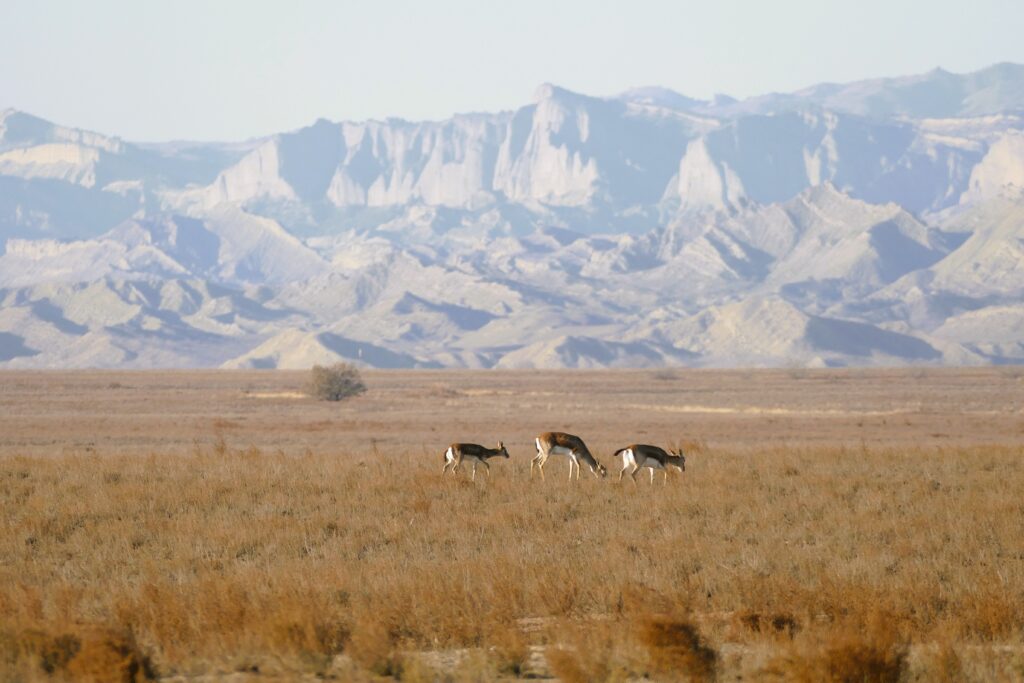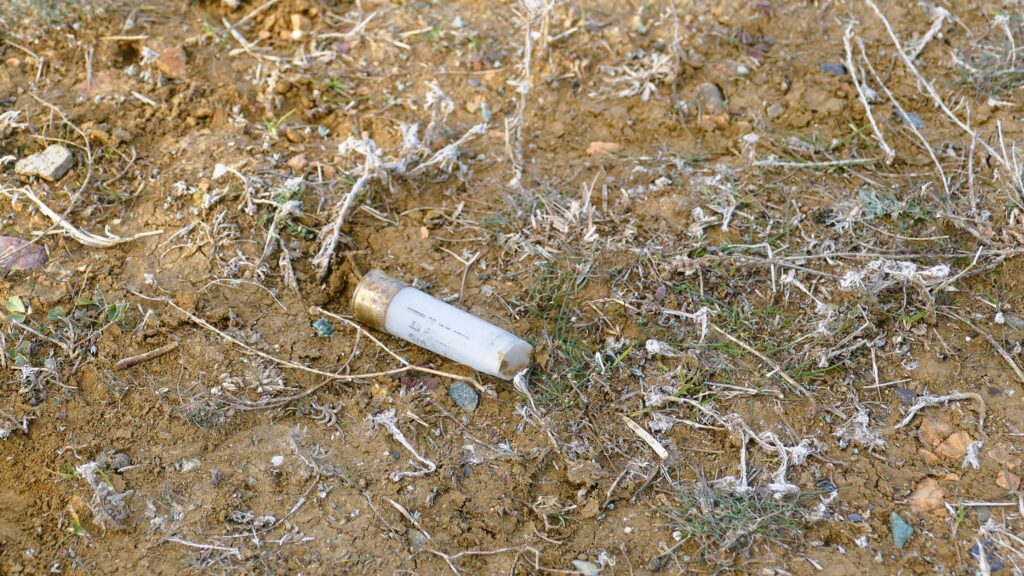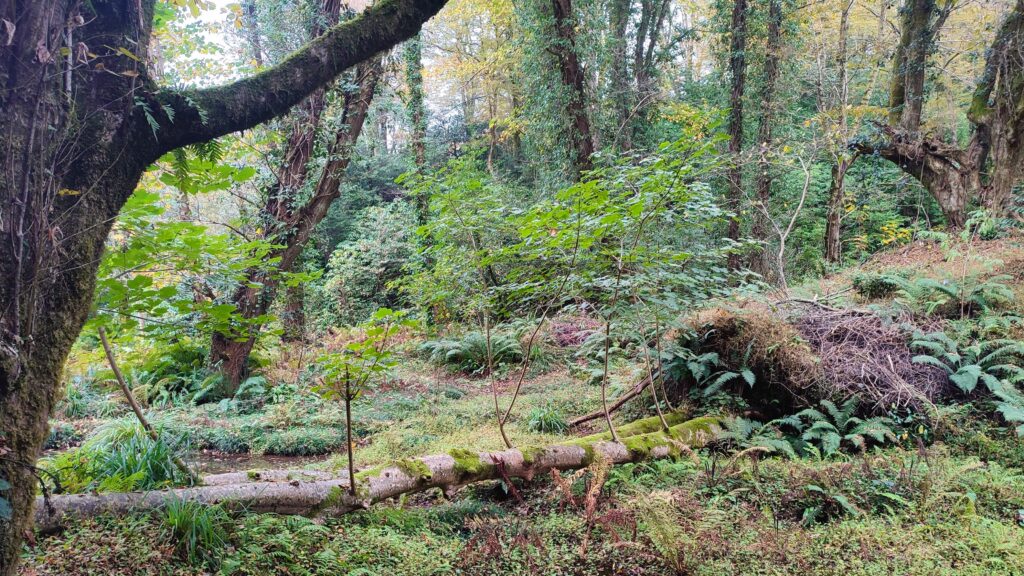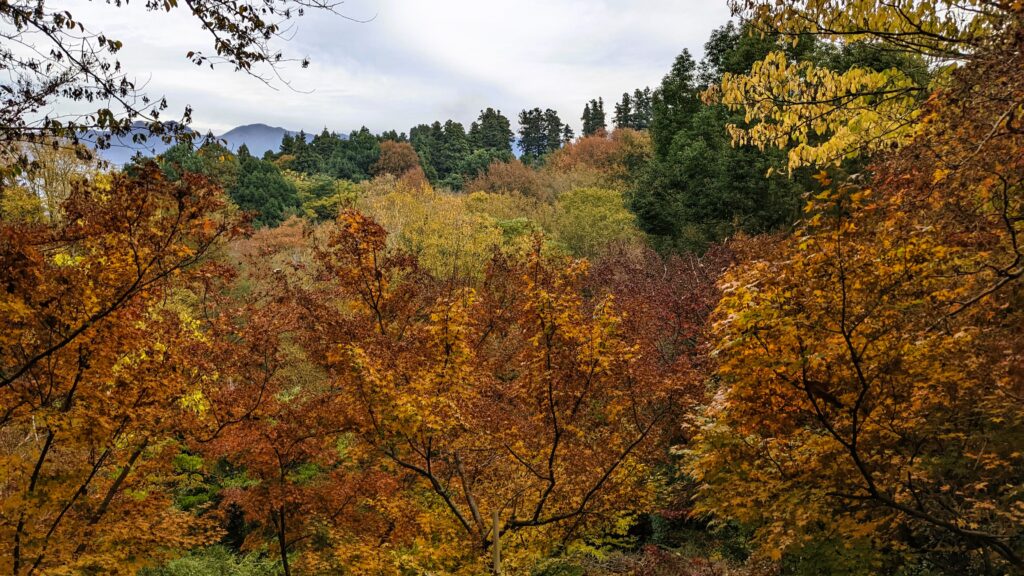Vashlovani Protected Areas, which are often referred to as the Georgian Savannah, is the only region in Georgia which was once inhabited by the goitered gazelle. However, due to the unsustainable level of hunting and poaching since the 1930s, the range and numbers of this medium-sized grazer declined rapidly, and in the 1960s, the species was declared extinct in the country.
Nowadays, Vashlovani hosts over 200 goitered gazelles thanks to trans-border cooperation and several rounds of trial and error, which shows the fragile process of species reintroduction.
We had the chance to meet some of the key players who contributed to what eventually became a conservation success, while also being able to observe these and other majestic animals with our own eyes.










